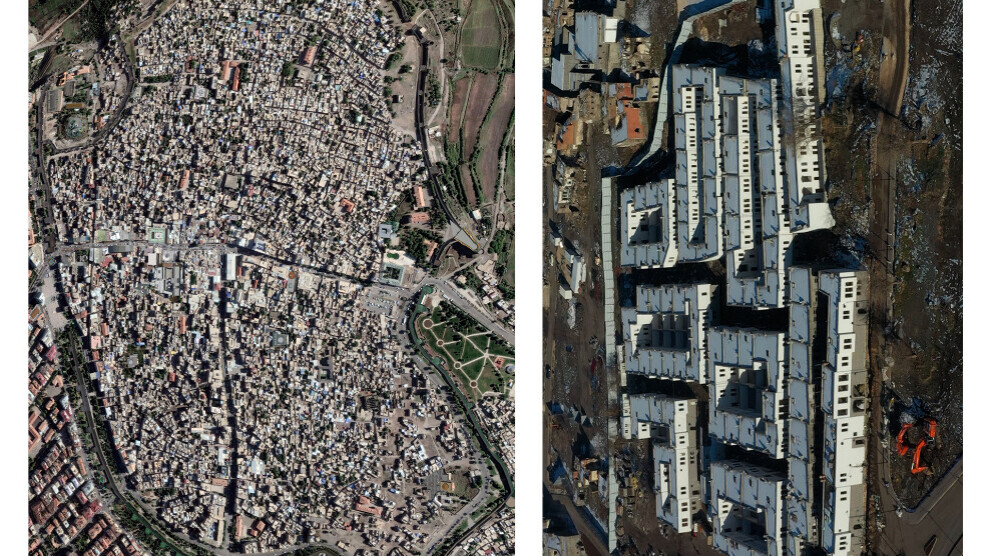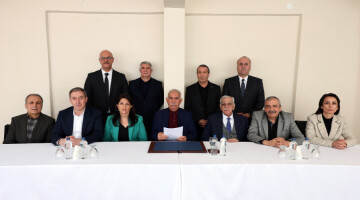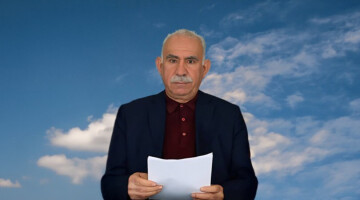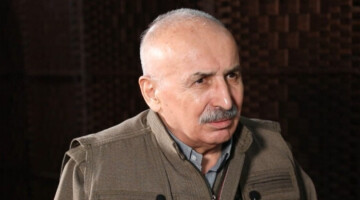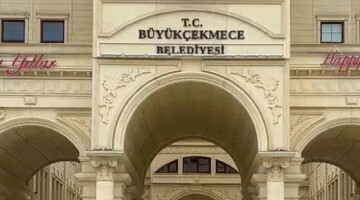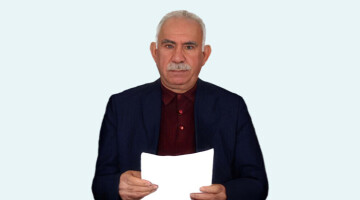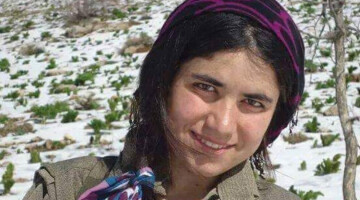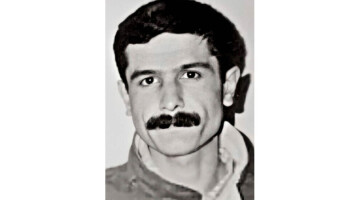Amed Chamber of Architects co-chair, Selma Aslan, spoke about the new buildings TOKI built in the neighbourhood of Sur, in Amed. She said: “Constructions based on security were made without considering the street textures. Wide streets were created in the region connecting 6 police stations and public buildings. When the plans focused on security, the principles of urbanism were ignored.”
Aslan pointed out that the so called ‘gecekondu’ (slums) are beginning to emerge in other parts of the city, and said that the traumas and serious architectural problems experienced by the people forced to move out will create serious problems for the city and its inhabitants in the future.
The Turkish state destroyed the neighbourhood of Sur in Amed, where old Diyarbakır historical houses and buildings are concentrated, during the self-government resistance declared between 2015-2016. As of March 2016, demolition work started in 6 neighbourhoods where curfews were imposed. After the excavations were removed from the area, the Social Housing Administration (TOKI) took over the so called "renovation". The construction of buildings that are not suitable for the historical and cultural texture drew the reaction of architects, engineers and city planners.
Aslan told ANF that the area was evacuated and construction work started in March 2016, and added that the Ministry of Environment and Urbanization started a demolition process with the revisions made to the existing plans.
'The demographic structure is targeted'
Aslan said that the old Sur structure could be saved but instead it was destroyed carelessly, so that no trace of the old texture of the district remains.
Aslan added: "Buildings based on security were built without considering street textures. Wide streets were created in the region connecting 6 police stations and public buildings. When the plans focused on security, the principles of urbanism were ignored. The street texture was a very serious reason for Sur to be included in the list of historical and cultural heritage. The elimination of that street texture is a big problem. While the architectural planning of a place is being made, you are actually determining a new way of life. The demographic structure of the place was actually targeted. Everything from the socio-cultural structure to the economic structure turned into something else. That area is now commercialized. Again, we know that that area will be used for touristic purposes. In this way, the usage of the area also changes. It will be used either day or night. We are faced with an area that will be dehumanized."
Emphasizing that Sur wanted to be transformed into a place where the old neighbourhood relations and cultural interactions would no longer exist, Aslan added: "This was the target anyway. The Sur way of life has also been affected. It is very clear that the structure has completely changed. That's why we think that the construction there will be deformed in the next 10 years."
Stating that another important problem is where and what kind of life the people who were forcibly displaced from Sur live, Aslan said: "We will see how the traumas experienced by these people will reflect on this city and its inhabitants. We will certainly see that these will create serious problems in the future. Because there was no project related to the old Sur. Above all, this distorted and fake planning will create serious architectural problems. While the state had an obligation to protect historical and cultural sites, the opposite happened. Turkey signed many international conventions on this issue. But these conventions are only paper. Turkey does not comply with them. We, as the chamber of architects, have repeatedly called for sensitivity, demanded that the area be opened to experts. Again, we asked UNESCO to come here and investigate what is going on, but none of this happened."
‘We will face big problems’
Stating that the new structures in Sur are actually a mess and resemble a prison, Aslan said: "The structures built in the destroyed places resemble prisons. Although they suggested that they can be recovered again, we can only answer that the place should be completely demolished. Again, one of the most serious problems is that the buildings there are not built from quality raw materials. Since it is sloppy work, we will face many problems in the future. Instead of repairing the destroyed structures, they demolished them with sledgehammers. I say this especially for structures made of black basalt stones."

